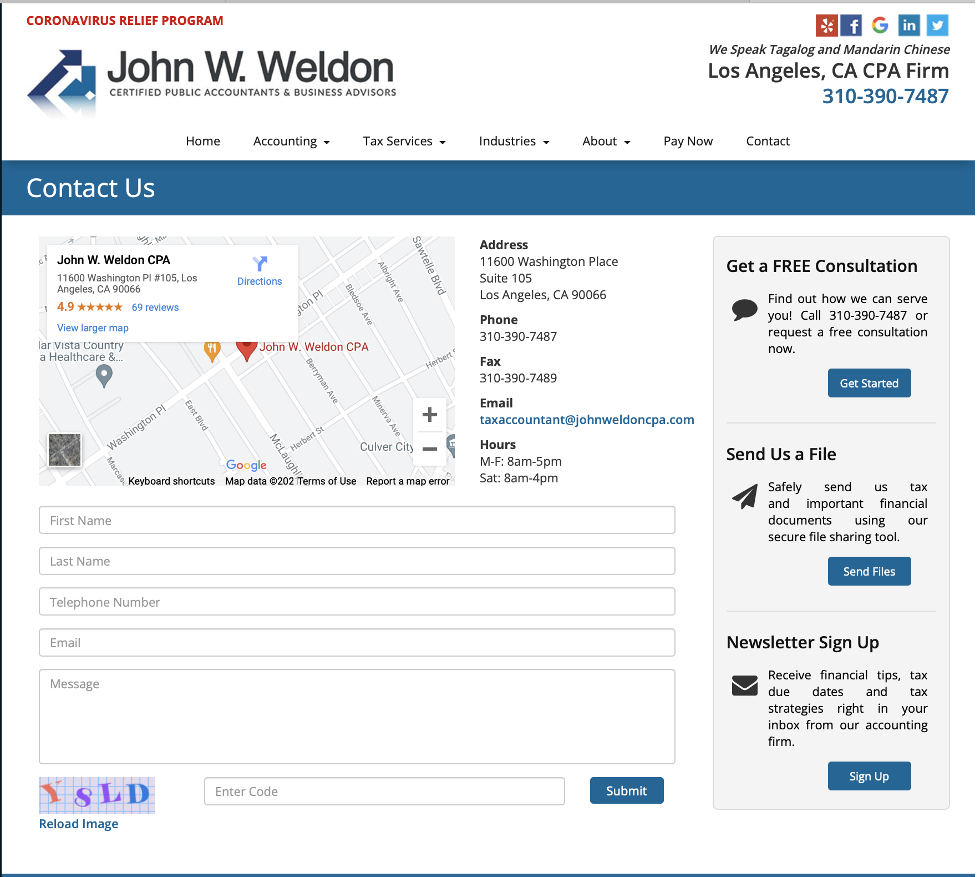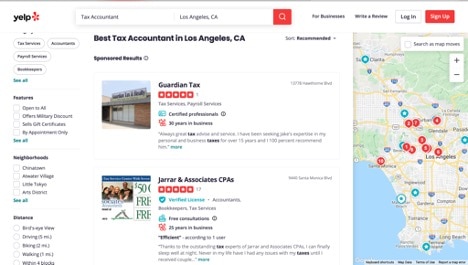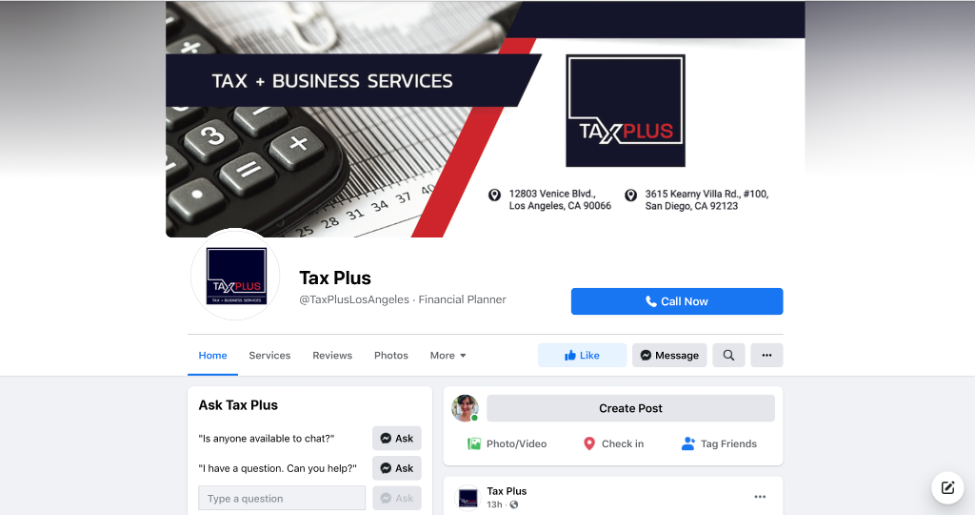Photo by LinkedIn Sales Solutions on Unsplash
10. Unified Communications platforms
By this point, your head might be spinning with all the different communication solutions outlined so far, and you might be mentally calculating just how many services you’ll have to pay for.
Fortunately, there’s a way to simplify much of what has been listed so far, while cutting back on subscription costs at the same time. Unified Communications (UC) platforms are the answer.
As the name suggests, UC platforms centralize a large part of your business communications. In most cases, they offer voice and video calling, messaging, live chat, email, file sharing, and virtual fax.
For you, this has two main advantages.
First, you only have to pay a single subscription fee, which usually cuts back considerably on your monthly communication costs. And second, you will be able to access most, if not all, of your communication channels in one place. Instead of having to switch between various apps and platforms to keep up with your clients, you will have one central gateway. This will make your workflows run more smoothly and enable you to respond more swiftly to each client.
In addition, many UC platforms also offer integrations with other business platforms, such as customer relationship management (CRM) systems and productivity tools. For example, you could transfer all communication with a certain client to their CRM profile, including emails, live chats, and call transcripts. Then, you can easily access it for future reference.
Furthermore, most UC platforms also offer inbuilt productivity tools, such as interactive voice response, virtual assistants, and automated call transcription. Like chatbots, these features can take routine tasks off your team members’ hands, allowing them to focus on more challenging tasks instead.
Finding the best communication tools for your business
Finding the right communication strategy for your practice is not an easy task. Ultimately, you have to consider both your own needs and those of your clients, as well as your budget and the capacity of your team members.
To choose the tools best suited to your practice, think about your clients. What do their demographics, online behavior, and social media habits look like? Based on this information, you can make an informed choice.
Some communication practices and tools are essential. Having a website with a solid “contact us” page and maintaining business listings fall into this category. Providing online contact forms and a business phone number have similarly high priorities. Beyond that, though, you can specifically tailor your communication solutions to your clients and their expectations.
If the majority of your target audience are Millennials or even Gen-Z, focusing on channels such as messaging apps and social media is key. People in this age group are also comfortable using live chat and often happy to interact with bots.
On the other hand, if your ideal clients are Gen-X and above, providing solid voice and video calling channels is essential. Here, virtual business phone services and Unified Communications platforms come in handy.
At the end of the day, client communication is a core element of your practice, but also a lot of work. By taking the time to assess the needs of your clients and setting up reliable channels of communications accordingly, you’ll be able to maximize your efficiency – and the satisfaction of your clients.





